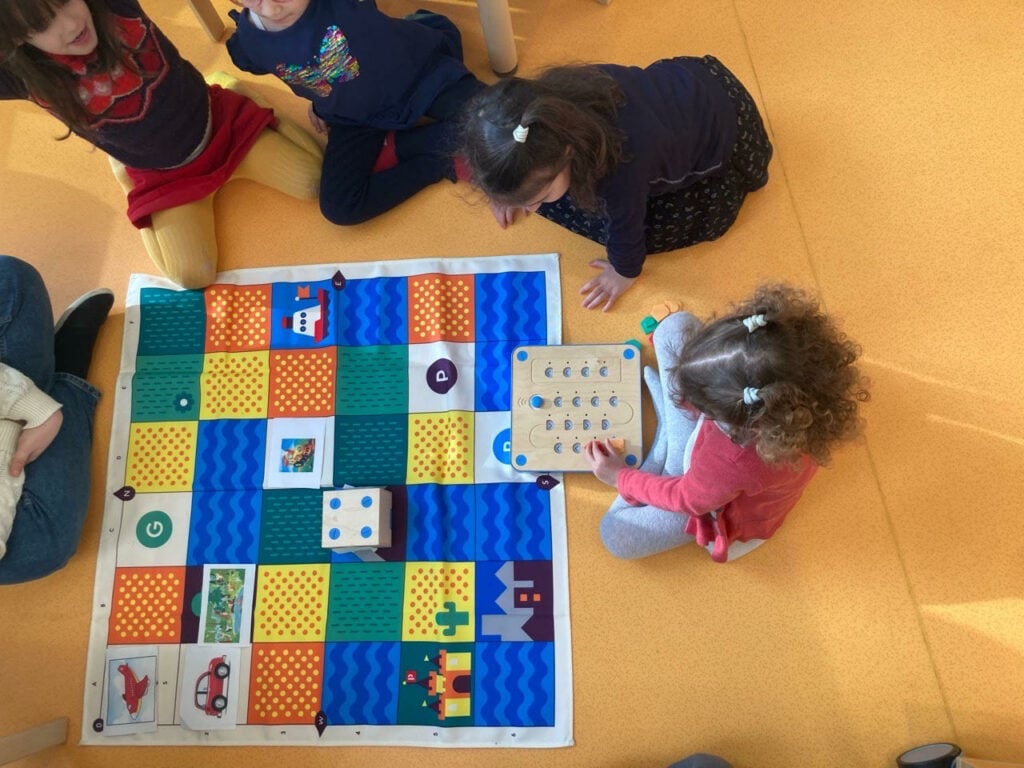It’s undeniable that children love to tinker because they create, experiment and express their curiosity. DIY is a great activity to develop at home or at school.
The benefits of DIY for children
Manual activities such as DIY and construction allow children to use their imagination and express their creativity while developing their sense of autonomy and social adaptation.
Thanks to DIY workshops, children work on patience and perseverance. The interest is also to promote their achievement in order to encourage them to continue.
Tinkering is also a perfect activity for working on the child’s motor skills: fine motor skills linked to the handling of tools (from hammer to paintbrush) but also the child’s overall motor skills who will learn to manipulate objects sitting, standing or standing. balance sometimes.
The benefits of DIY: social adaptation
Building an insect hotel or a cabin together can be more difficult than expected and encourages collective and segmented work to bring your idea to fruition. DIY is a great opportunity to encourage cooperation between children. Creating a collective project also strengthens the bonds that exist between children and promotes mutual aid.
It is also an opportunity to chat with the children, ask them about what they are doing and help them in their business while developing their language; his vocabulary is thus enriched.
Learn by tinkering
As you know, the best way to learn is through play.
The child develops his senses: touch is encouraged through the manipulation of textures and materials, smell is awakened with paints or materials such as wood, hearing is stimulated by the sound of each tool…
Practically, how do we do it?
At ARCO IRIS, DIY workshops are organized every Friday in groups of 10 children: workshops of different levels are set up from independent discovery and manipulation of tools to the design of objects, in Meccano then in wood.
Screen-free coding workshops are also offered with the Cubetto robot, allowing children to train in programming and computer language.
Finally, during the holidays, we will take the time to design projects with the children that resemble them and build them with different materials: cardboard, recycling, wood, etc.
Discover our holiday program here
